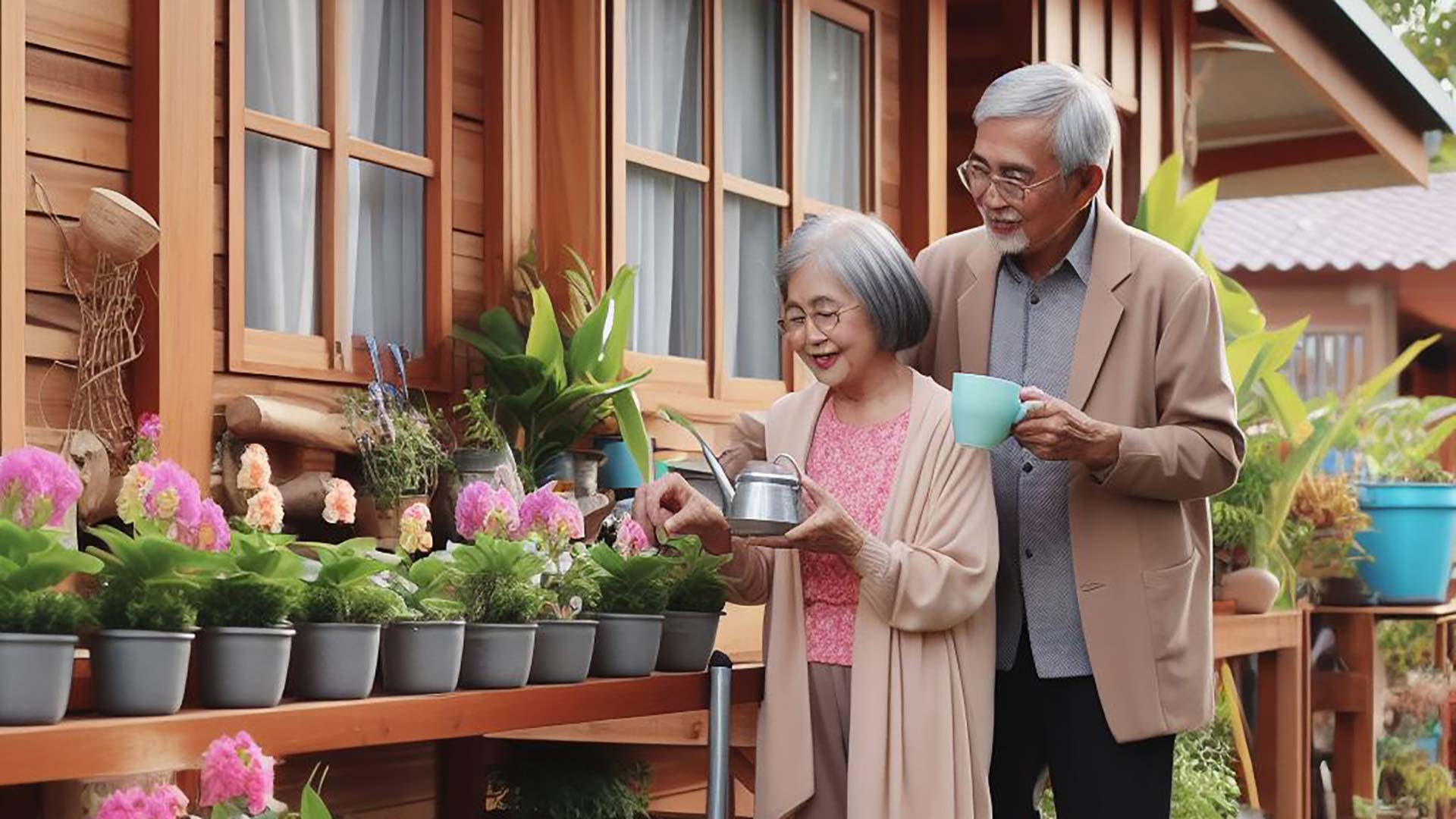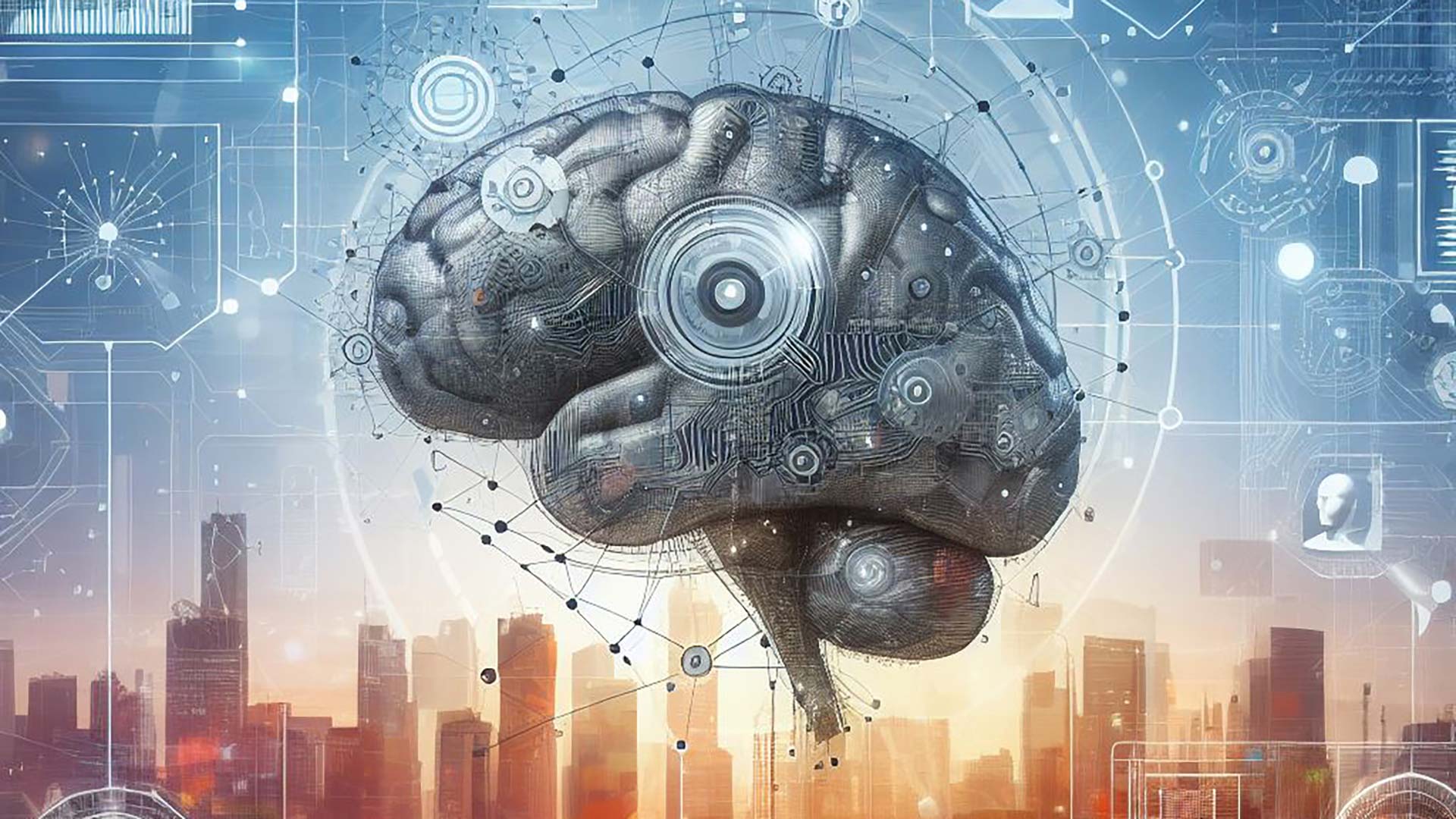Neuroarchitecture is a trend that combines architecture with neuroscience, with the intention of implementing the design of spaces that promote wellbeing and mental health. It is based on the influence of the physical environment on our emotions, thoughts and behaviours. The key elements of neuroarchitecture are as follows:
- Natural light and open spaces: since natural light improves mood, productivity and regulates circadian rhythms, and open, well-lit spaces produce positive and stimulating environments.

- Colours and visual stimulation: Colours influence our emotions. Warm tones such as yellow generate vitality, while cool colours such as blue promote calmness. Neuroarchitecture uses these palettes to align emotions with design.
- Acoustics and calm environments: sound is crucial to the spatial experience; a good acoustic environment, without excessive noise, promotes concentration and well-being.

- Ergonomics and functional design: ergonomic furniture and efficient designs improve comfort, facilitate movement and promote physical well-being.
- Sensory gardens: gardens stimulate the senses and connect us with nature; aromatic plants, different textures, water from a fountain… This produces multisensory experiences that benefit mood and mental health.

By Manolo Barberá, senior hydraulic modeller in Amusement Logic’s Architecture Department.
Share This Story, Choose Your Platform!






